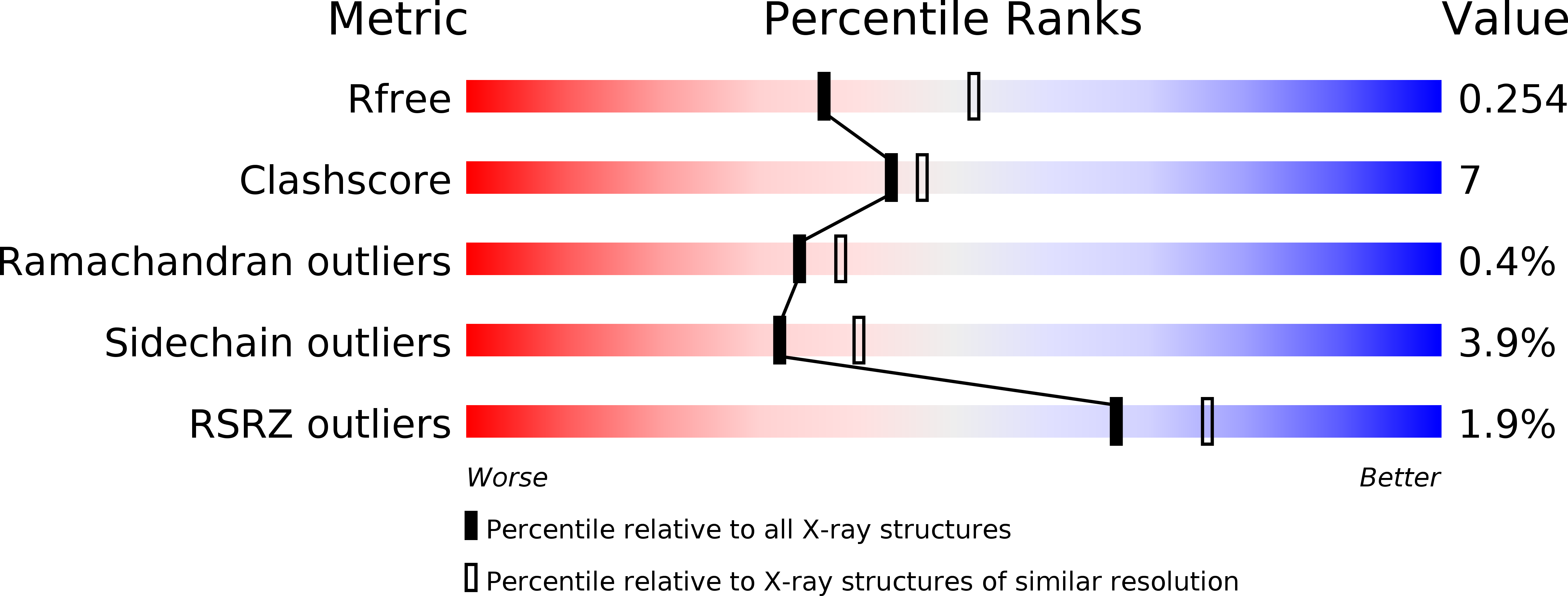
Deposition Date
2011-10-17
Release Date
2011-12-14
Last Version Date
2024-11-27
Entry Detail
PDB ID:
3U8J
Keywords:
Title:
Crystal structure of the acetylcholine binding protein (AChBP) from Lymnaea stagnalis in complex with NS3531 (1-(pyridin-3-yl)-1,4-diazepane)
Biological Source:
Source Organism:
Lymnaea stagnalis (Taxon ID: 6523)
Host Organism:
Method Details:
Experimental Method:
Resolution:
2.35 Å
R-Value Free:
0.25
R-Value Work:
0.20
R-Value Observed:
0.20
Space Group:
P 21 21 21


